The Stone of Destiny is a big part of Perthshire’s heritage and Scotland’s nationhood.
Also known as the Stone of Scone, the sandstone slab has played a role in coronations on both sides of the border for hundreds of years.
It was used to mark Scottish ascensions for centuries before taking on the same role in England after it was transported to London by Edward I in 1296.
It is due to return to its historical home of Perthshire when it becomes the centrepiece of a new museum at Perth City Hall from spring 2024.
But before then it will figure in the coronation of King Charles III on Saturday, May 6 2023.
Here is all you need to know about the Stone of Destiny, including its importance to Perth and how it will be used to mark the ascension of the new monarch.
What is the Stone of Destiny?
The Stone of Destiny – also known as the Stone of Scone – is an ancient symbol of Scotland’s monarchy.
A symbol of great power, the stone has been surrounded by intrigue from its earliest days. Its origins are shrouded in legend and uncertainty.
Some suggest it was Jacob’s Pillow, brought from the Holy Land, via Spain, Ireland and the West of Scotland, to arrive at Scone in the 9th century.
Others believe it may have been a royal stone belonging to the Scots from Antrim, or the Picts from the north-east.
It could even have been a Roman altar stone taken from the Antonine Wall.
Wherever it came from, it was certainly in use at Scone as a crowning-seat between the 9th and 13th centuries.
The 275Ib sandstone slab is is 26in long, 9in wide, and almost 11in high.
It is formed from coarse-grained, pinkish buff sandstone similar to that found in Perthshire and Angus.
The last Scottish king to be inaugurated using a stone at Scone was John Balliol in 1292.
Why did it leave Scone?
When King Balliol rebelled in 1296, Edward I marched north and removed what he believed to be the stone to Westminster.
Once in England, Edward I had it mounted beneath the seat of a wooden throne, so that to be seated there was, symbolically, to have dominion over Scotland.
Professor Ewen Cameron, Sir William Fraser professor of Scottish history at Edinburgh University, said: “One chronicler stated that its removal to London was ‘in recognition of a kingdom surrendered and conquered’.”
Successive English monarchs have since been crowned there.
Edward III promised to return it under the 1328 Treaty of Northampton but rioting mobs prevented its removal, and it has been at Westminster ever since except for a brief interlude which brought consternation to post-war England.
This was a daring raid on in 1950 that has become the stuff of legend.
What happened in 1950?
On Christmas Day, four Scottish students removed the stone from Westminster Abbey.
They were Ian Hamilton, 25, Kay Mathieson, 22, Alan Stuart and Gavin Vernon.
The group managed to break the stone into two pieces when it crashed to the floor after being removed from under King Edward’s Chair.
It had to be repaired by Glasgow stonemason Robert Gray, who is long rumoured to have made copies of it.
The theft began a nationwide cat-and-mouse hunt, with the quartet successfully evading the authorities for several months.
The stone was stored in a variety of locations due to the intensifying police search, before the group eventually left it on the altar in the symbolic location of Arbroath Abbey, draped in a Saltire.
Its location became public knowledge when Arthur Binnie from the Arbroath Herald was shown it on April 11 1951.
That night it was transported back to Westminster.
There have been several films and programmes about the theft, most famously the 2008 Canadian-Scots feature, Stone of Destiny, starring Charlie Cox and Robert Carlyle.
Mr Hamilton, a Scottish independence activist, died in October 2022 at the age of 97.
When did the Stone of Destiny return to Scotland?
On St Andrew’s Day 1996, the stone was returned to Scotland on the understanding it could be “borrowed” for any coronations at Westminster.
Then Prime Minster John Major, told the Commons at the time: “The Stone of Destiny
holds a special place in the hearts of Scots.
“It is appropriate to return it to its historic homeland.”
It can be seen in the Crown Room of Edinburgh Castle, along with the Crown Jewels and other priceless treasures.
Why is it coming back to Perth?
In 2016 Perth and Kinross Council launched a bid for the stone, claiming the iconic sandstone block could help bring in hundreds of thousands of new visitors to the Fair City.
A counterbid from Historic Environment Scotland sought to keep the stone in Edinburgh Castle.
But in November 2020 the former First Minister Nicola Sturgeon announced the Stone of Destiny will become the centrepiece of a new museum at Perth City Hall.
The following year construction work began on the hall, which is due to open as Perth Museum in spring 2024.
The £27m project to transform City Hall is being managed by PKC and Culture Perth and Kinross.
The UK Government is chipping in with £10m as part of the Tay Cities Deal.
It is estimated that the development will bring tens of thousands more visitors to Perth and Kinross, with an annual added value to the local area estimated at £2.5m.
The project will create 19 jobs in the City Hall itself, with an additional 37 jobs in construction.
How will the Stone of Destiny be used in the coronation?
When Elizabeth II was crowned in 1953 at Westminster Abbey, her throne sat above the stone.
And, in keeping with coronation traditions, the Stone of Destiny has now left Scotland once more for the crowning of King Charles III.
On Thursday, April 27 a ceremonial procession from Edinburgh Castle’s Great Hall marked the temporary departure of the Stone from Scotland.
This was led by the Lord Lyon King of Arms – the monarch’s representative in Scotland – and attended by the First Minister Humza Yousaf, in his capacity as the Keeper of the Great Seal of Scotland, one of the commissioners for the safeguarding of the regalia.
Lord Lyon King of Arms – who’s name is Dr Joseph Morrow – used to be a Dundee councillor and previously told how he held back the tears during the Queen’s funeral.
The stone has made its way to Westminster Abbey, where it has been placed in the coronation chair for the ceremony, before returning to Scotland and display in the Crown Room at Edinburgh Castle in the weeks that follow.
Is it being looked after?
HES, who cares for the Stone of Destiny and the other Honours of Scotland on behalf of the Commissioners for the Safeguarding of the Regalia, worked with Police Scotland and other partner agencies to ensure the Stone was transported safely and securely.
A number of different teams within HES have been involved in preparing the stone for its journey to Westminster Abbey for the coronation.
Ahead of its move, the stone underwent thorough assessment by the organisation’s stone conservators.
The Lord Lyon in Westminster Abbey at the Service this evening to mark the arrival of The Stone of Destiny. pic.twitter.com/eMJ97sXgBL
— Lyon Court (@LyonCourt) April 29, 2023
The stone was transported in a special carrier constructed largely from Scottish oak, which has been made by HES’s in-house joinery team in collaboration with the organisation’s stone conservation team.
It is now being guarded by dignitaries including former Dundee councillor Dr Joseph Morrow, in his role as Lord Lyon King of Arms.
Collections management principles were used to ensure the carrier is well designed to protect the stone in transit.
First Minister Humza Yousaf said: “One of the duties of the commissioners is to ensure that the stone is made available for use in coronations and that it is subsequently returned to Scotland.
“I look forward to seeing the Stone take its place in the coronation chair when I attend the ceremony on 6 May.”
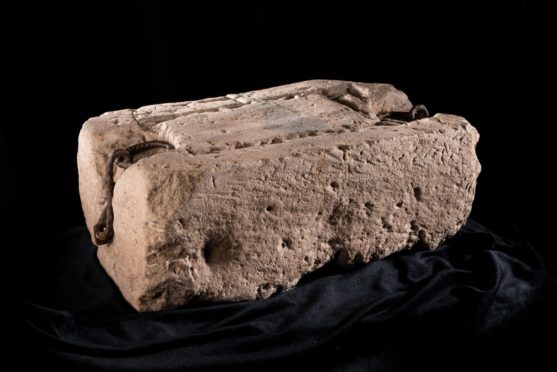
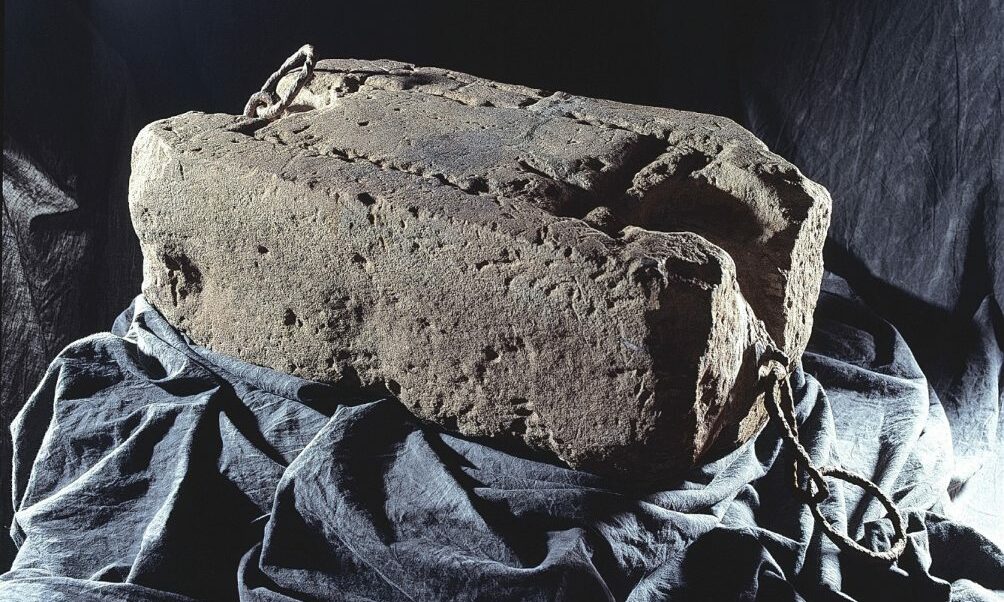
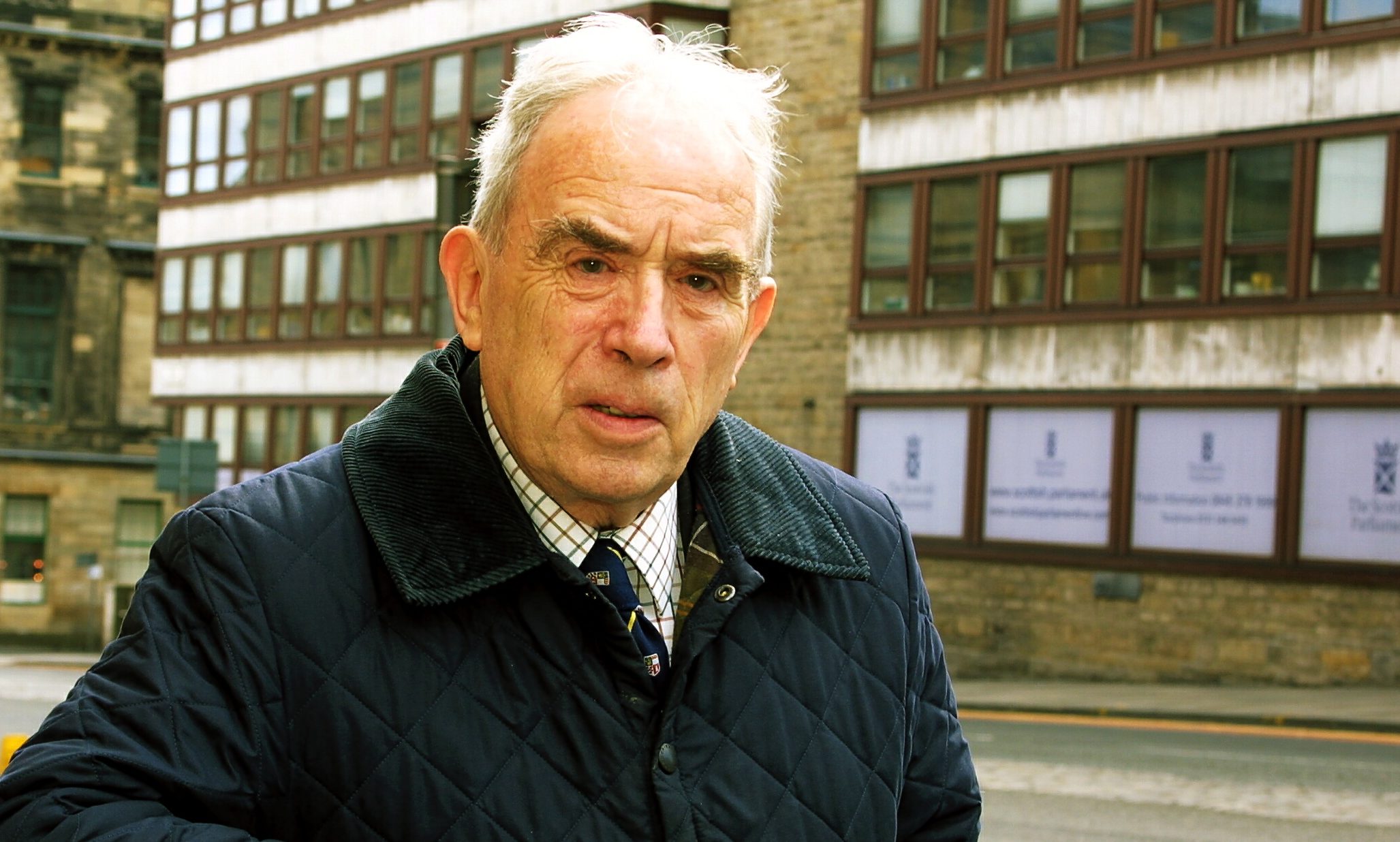
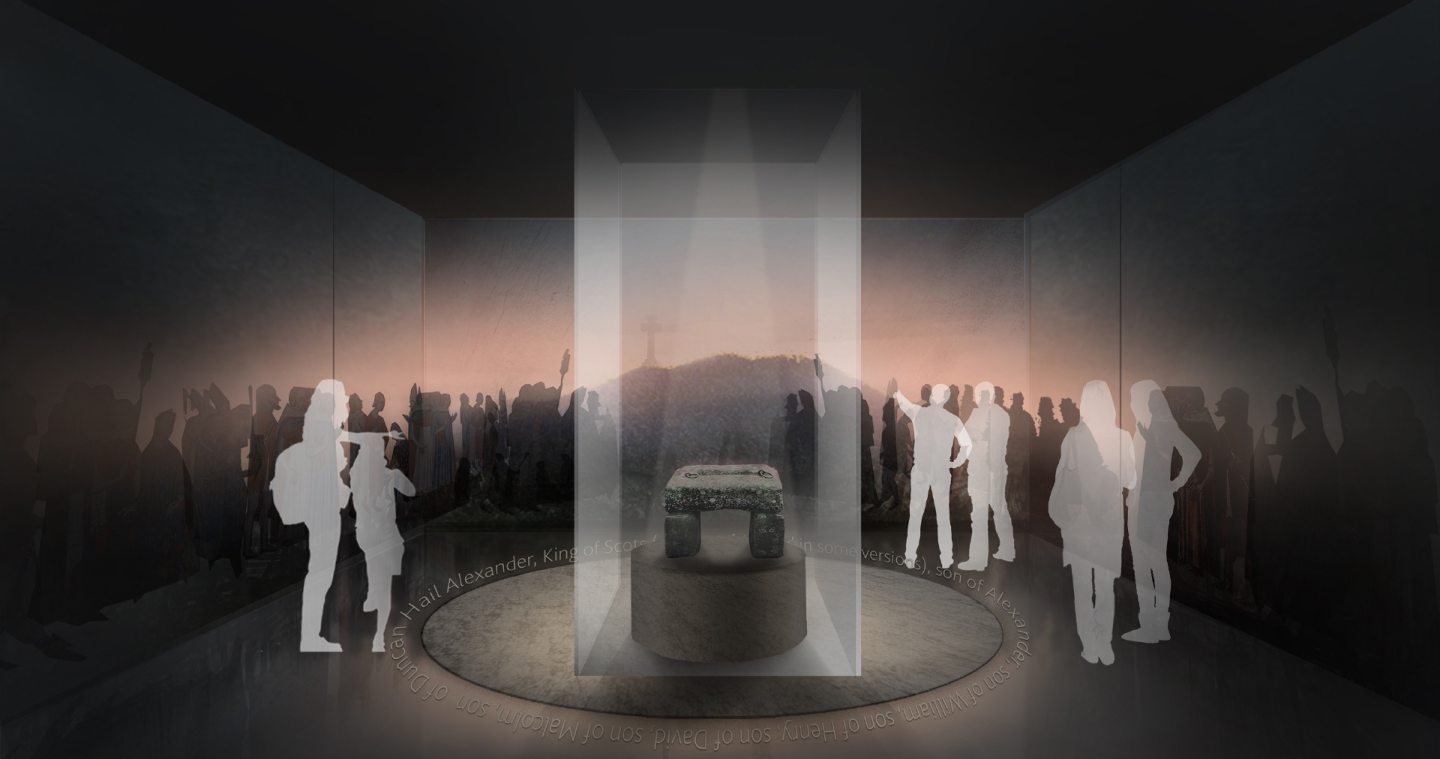
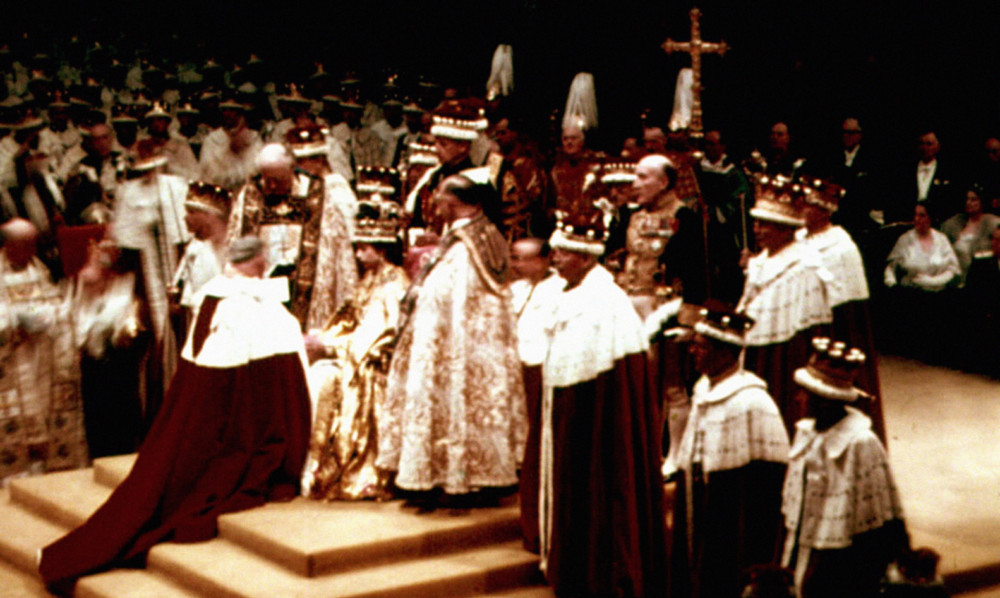

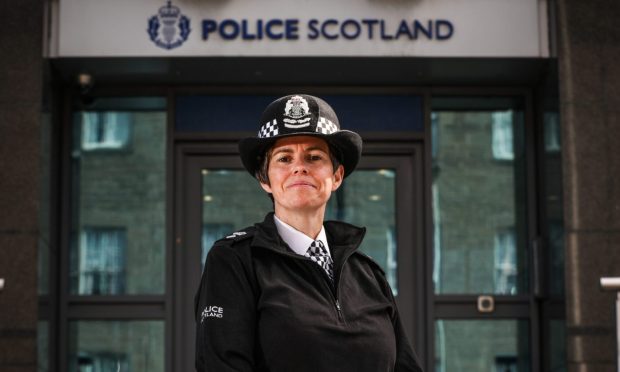
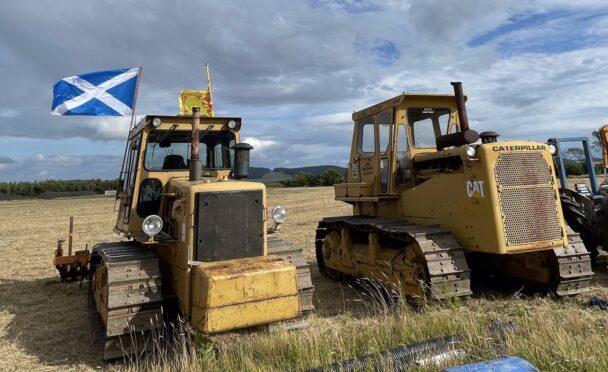
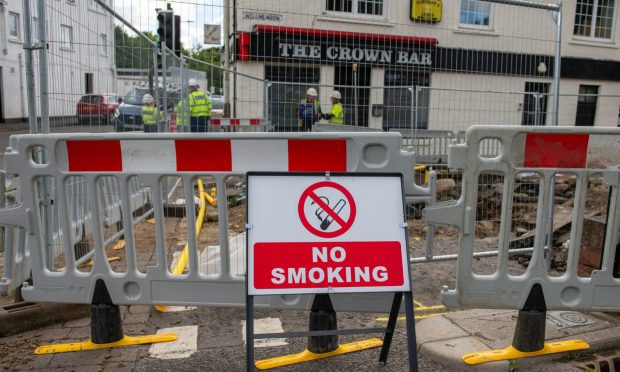

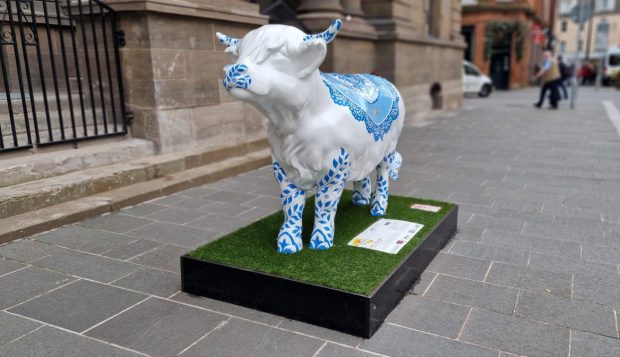
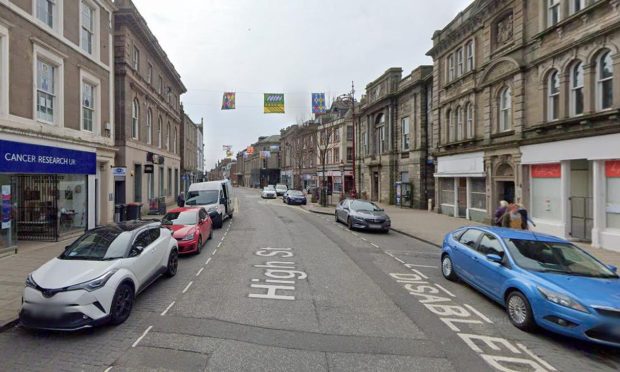
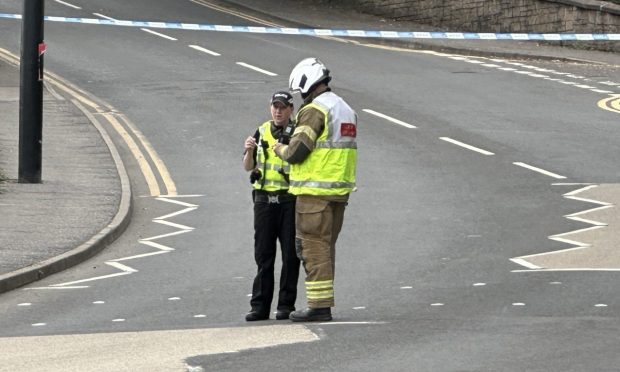
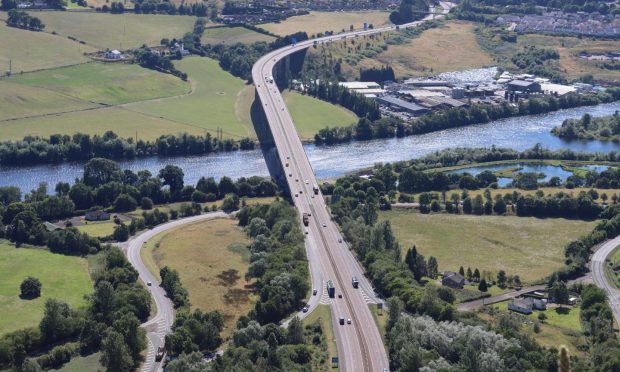

Conversation